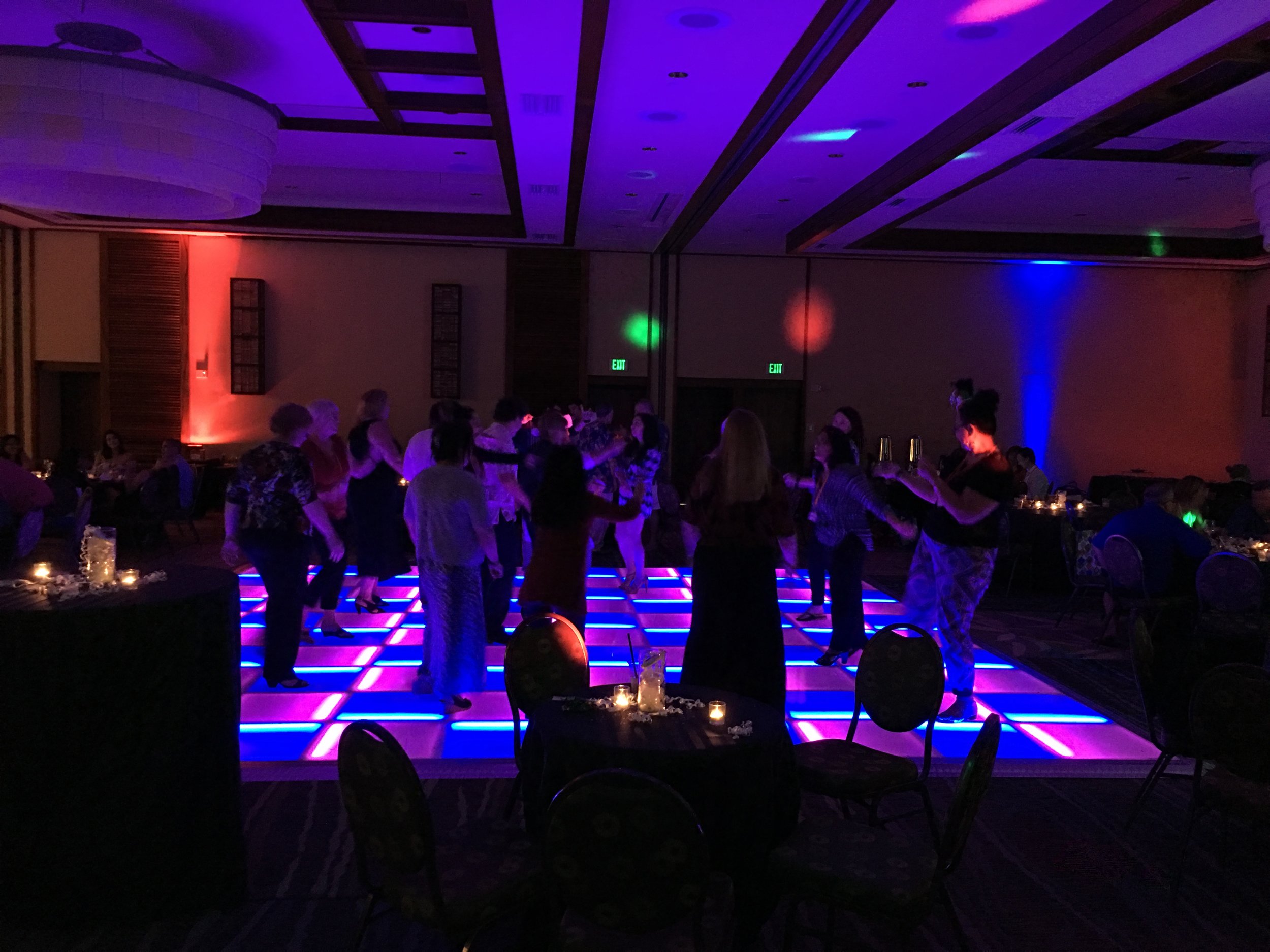One of the primary common materials used in modern dance floors is light-emitting diode illumination. Light-emitting diode lamps are power-saving and can produce a wide range of hues and impacts. They can be embedded in the floor itself or used as part of a illumination setup over the dance floor. This technology allows for synchronized light displays that can alter in reaction to the music, creating an immersive experience. The capability to configure these lamps means that they can be customized to fit different themes or moods, making each event distinct.

Another crucial substance is reflective materials, such as reflectors or polished tiles. These materials can create an illusion of area and dimension, making the dance floor appear larger than it actually is. When dancers move, their images can add an extra layer of visual interest, enhancing the overall performance. Additionally, mirror-like materials can engage with lighting effects, amplifying the hues and patterns displayed on the floor. This fusion of illumination and reflection can enthrall audiences and elevate the vitality of the occasion.
In addition to illumination and reflective materials, the use of electronic screens has become increasingly popular in dance floor creation. These screens can show vibrant visuals, animations, or even real-time feeds of the performance. By integrating electronic technology, event planners can create a multi-sensory experience that involves both the performers and the audience. The capability to alter visuals in real-time allows for a fluid atmosphere that dance floor wraps for sports events can adapt to the beat and vitality of the music, making each moment feel new and exciting.
Furthermore, the selection of surface material itself plays a key role in the complete experience. Traditional wooden dance floors are still preferred for their strength and performance qualities. However, newer substances like vinyl and rubber are becoming favor due to their versatility and ease of care. These substances can provide better shock absorption, minimizing the chance of injury for dancers. Additionally, they can be crafted with multiple textures and colors, allowing for artistic representation in the dance floor's appearance.
In summary, the evolution of dance floors into breathtaking aesthetic experiences relies on a combination of creative substances and techniques. Light-emitting diode lighting, mirror-like materials, digital screens, and specialized flooring substances all add to creating an engaging environment for performers and spectators. As technology continues to advance, the opportunities for improving dance floor design will only expand, making upcoming occasions even more captivating and memorable. Comprehending these substances helps appreciate the artistry involved in creating environments where dance and music come together in unison.